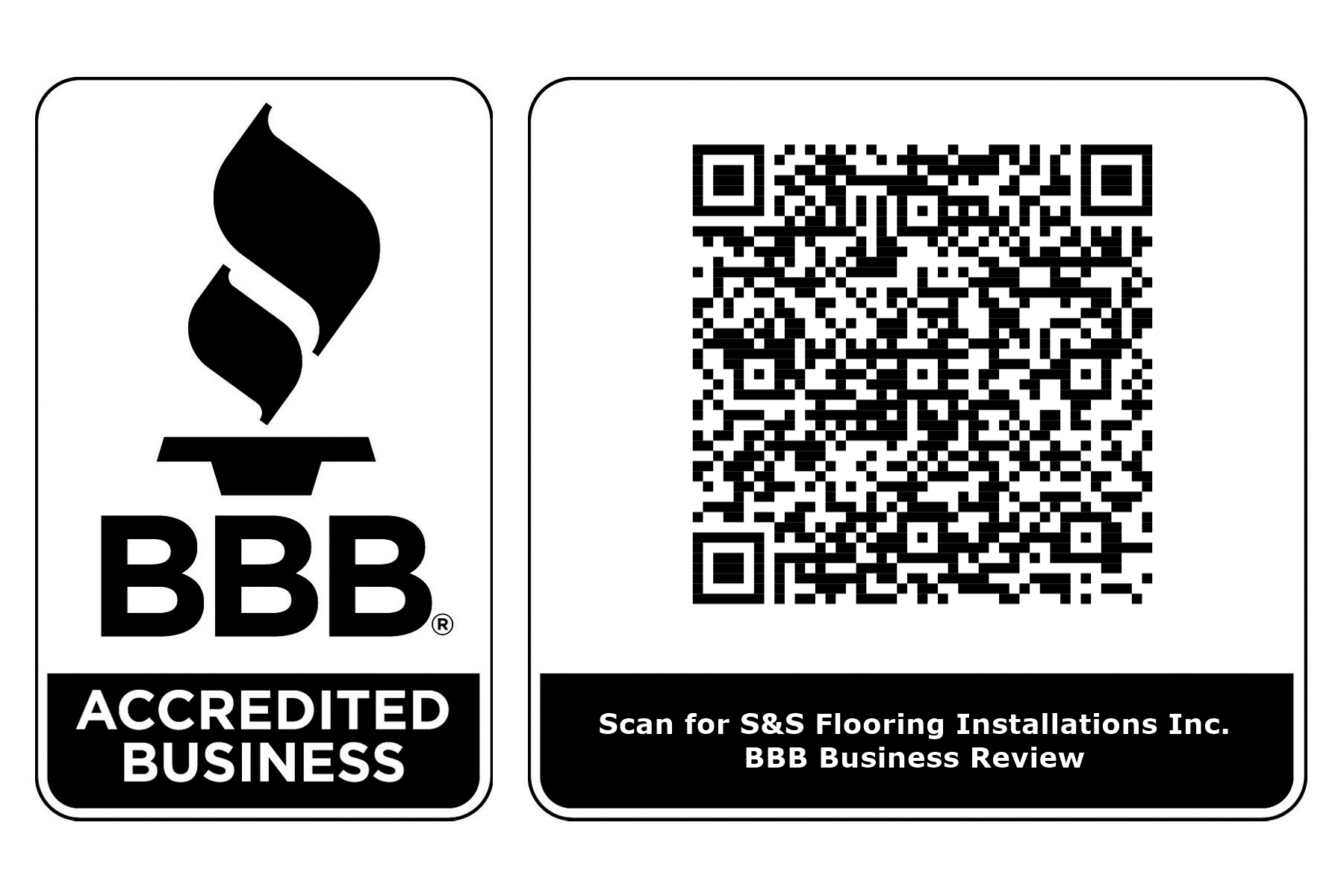Follow Us x
Floor Leveling
Need your floors leveled in the Ithaca, Cortland & Lansing, NY area?
Floor leveling is the number one issue flooring companies face when they are installing new flooring in a home. Undulations or "hi-low" spots prevent successful installation of any flooring. Tile, hardwood, even some rolled materials must have a flat, smooth sub-surface to begin a flawless installation.
Tile, hardwood, and even vinyl planks need to be flush against each other (which require a level floor). There is nothing attractive about flooring tile installed at different heights. Especially walking on hardwood that isn't smooth! High edges create "toe bangers." Aside from aesthetics, tile and hardwood (and most vinyl products) do not bend to conform to humps in the floor. Even carpet tiles will peak up in areas where the floor is not flat.
We use grinders, chisels, and leveling compound to level concrete subfloor. Sanding, planning, pouring cement, and shims are used to level wood subfloors. We can even smooth and shape garage floors, pools, and other surfaces prior to epoxy paints, tiles and other floor coverings.
Most companies in this area will not install anything other than sheet flooring on uneven, unleveled floors. This is because they don't have the expertise that S&S Flooring does. Our installers have up to 36 years of experience in floor leveling. We are the go-to floor levelers in ITHACA, CORTLAND & LANSING, NY
Leveling Vinyl Flooring
Sheet vinyl's will "telegraph" any non smooth subfloor profile right through the surface for the vinyl, especially glue down rolled vinyl's (and carpet flooring). Telegraphing occurs when a resilient ( Luxury Vinyl) plank or tile flooring is glued down over a substrate with subfloor imperfections/irregularities that show through to the surface of the installed vinyl floor.
Leveling for Carpet Flooring
Carpet flooring with a pad is very forgiving, but where there are large dips in the floor, this could cause trips, falls, and turned ankles. It is always recommended to at least create a safe subfloor.
Encapsulation
In buildings older than 1983 (sometimes even newer buildings that haven't followed protocol) we encounter lead paints, asbestos containing glues, and other EPA controlled substances. Rather than spending tens of thousands in mitigation, we are often able to simply encapsulate the substance rather than removing it. This requires testing and following an approval process which can cost big bucks. Encapsulation is a bonus on so many levels; including disclosures upon sale or rent of the premises becomes necessary. It's always good to be able to say that that there is no friable toxic substances a new home owner will have to worry about as those substances have been encapsulated.


